Boeing secured a significant regulatory victory on Friday when the Federal Aviation Administration granted approval to substantially increase 737 MAX production rates. The FAA’s decision to raise the production cap from 38 aircraft per month to 42 represents a pivotal moment in Boeing’s recovery efforts following years of safety crises, quality control failures, and financial deterioration.
This production increase represents Boeing’s most substantial regulatory approval in recent years, signaling growing confidence in the aerospace manufacturer’s safety and quality control improvements. The decision comes after extensive FAA safety inspections and represents a critical step toward Boeing’s financial stabilization and return to profitability.
The FAA Production Cap Breakthrough: Ending 14-Month Restrictions
The FAA imposed an unprecedented production cap of 38 aircraft monthly in January 2024, following a catastrophic mid-air emergency that exposed widespread manufacturing failures at Boeing facilities.
The Triggering Incident (January 2024): An Alaska Airlines Boeing 737 MAX 9 experienced a terrifying mid-air emergency when a door plug containing four missing key bolts suddenly failed at 16,000 feet (4,900 meters). This critical structural failure caused a gaping hole to open in the aircraft fuselage, creating an immediately life-threatening situation for passengers and crew.
This alarming incident immediately exposed systemic production safety and quality lapses throughout Boeing’s manufacturing operations. The FAA responded with the production cap—an extraordinary regulatory intervention designed to force Boeing management to address root-cause manufacturing failures before substantially increasing output.
Production Cap Increase Details: From 38 to 42 Aircraft Monthly
The FAA authorization permits Boeing to increase monthly 737 MAX production from the restricted 38-aircraft level to 42 aircraft per month. While this represents a modest 10.5% production increase, it holds profound significance for Boeing’s operational and financial objectives.
FAA Administrator Bryan Bedford’s Confirmation: FAA Administrator Bryan Bedford personally called Boeing CEO Kelly Ortberg on Friday to confirm the production rate increase authorization. This direct executive communication underscores the significance of the approval decision within regulatory and corporate hierarchies.
According to sources briefed on the conversation, Boeing plans to begin boosting production immediately and systematically, capitalizing on this regulatory approval.
Why 737 MAX Production Matters for Boeing’s Financial Recovery
Increasing 737 MAX deliveries represents the single most critical factor in Boeing’s financial stabilization strategy. The aerospace industry’s revenue structure ensures that planemakers receive the majority of customer payments only when physically delivering completed aircraft to airlines.
Financial Impact of Production Increases:
- Accelerated cash flow from airline customers
- Improved working capital positions
- Enhanced ability to service substantial debt obligations
- Pathway toward profitability restoration
- Strengthened investor confidence and credit ratings
Boeing currently carries $53 billion in debt—more than four times the $12 billion debt level in 2018—creating urgent financial pressure to increase production and accelerate cash generation from aircraft deliveries.
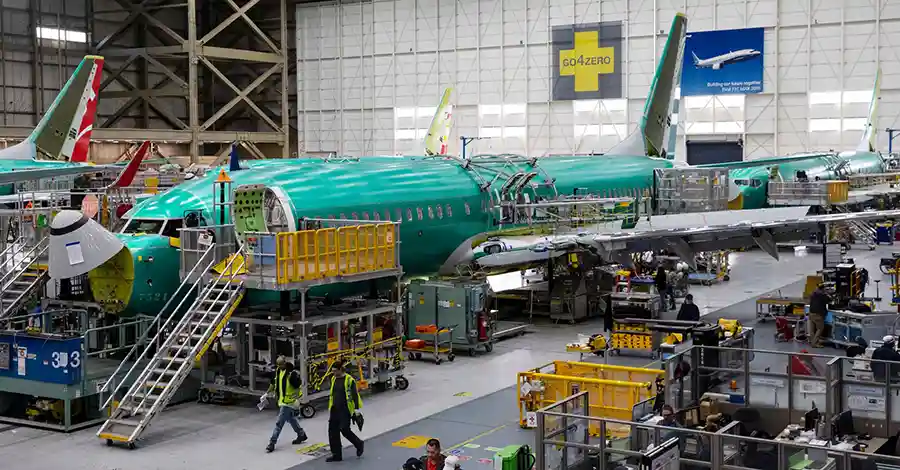
Boeing’s Comprehensive Safety and Quality Improvements
The FAA emphasized its rigorous evaluation process before approving the production increase. An FAA statement declared: “The FAA said on Friday its safety inspectors ‘conducted extensive reviews of Boeing’s production lines to ensure that this small production rate increase will be done safely.'”
This comprehensive inspection regime reflects the FAA’s determination to prevent future safety crises while gradually restoring Boeing’s production capacity.
Boeing’s Preparation for Increased Production: Boeing has implemented multiple strategies to support safe, quality-focused production expansion:
Enhanced Parts and Materials Inventory: Boeing accumulated $11 billion in raw materials stockpiled inventory—nearly double the $6.4 billion inventory level maintained in 2018, when the company was producing over 50 737 aircraft monthly. This strategic inventory buffer protects against supply chain disruptions and bottlenecks.
Production Facility Upgrades: Workers at Boeing’s Seattle-area manufacturing facilities have been systematically preparing for production increases by installing additional equipment and infrastructure designed to accommodate higher output volumes while maintaining quality standards.
Quality-First Corporate Culture: Boeing emphasized its commitment: “Boeing said it appreciated ‘the work by our team, our suppliers and the FAA to ensure we are prepared to increase production with safety and quality at the forefront.'”
Supply Chain Challenges: Complex Constraints on Production Expansion
While the FAA approval enables theoretical production increases to 42 aircraft monthly, aerospace supply chains remain substantially stressed, potentially constraining actual production achievement. Modern aircraft production requires thousands of specialized components from multiple suppliers, and recent years have exposed significant vulnerabilities.
According to aerospace analyst Glenn McDonald, contemporary supply chain challenges differ fundamentally from pre-pandemic disruptions. He explained: “Supply chain problems seem to be more sporadic and unpredictable than before the COVID-19 pandemic, when they were more systemic.”
Current Supply Chain Bottleneck Areas:
- Aircraft forging and casting components
- Commercial jet engines
- Aircraft interior components
- Specialized fasteners and hardware
- Electrical systems and avionics
Recent Supply Chain Crisis: In February 2024, a factory fire forced Boeing to scramble locating alternative suppliers for specialized fasteners, demonstrating the vulnerability of just-in-time manufacturing strategies.
However, McDonald offered encouraging perspective: “Boeing seems to be better prepared for this ramp up than they have been for previous ones,” noting the company’s substantial inventory accumulation and more cautious production planning.
Financial Debt and Path to Profitability
Boeing’s financial situation remains precarious despite the production approval. The company faces enormous debt obligations and substantial operating losses, creating urgency around production increases.
Boeing’s Financial Challenge:
- Current debt: $53 billion (2024)
- Debt in 2018: $12 billion
- Debt increase: Over 400% in six years
- Current status: Losing money operationally
- Wall Street projections: Loss continuation through 2025, profitability return in 2026
Wall Street analysts project that 2026 would mark Boeing’s first profitable year since 2018—demonstrating the profound financial impact of production disruptions, safety crises, and regulatory restrictions over the past several years.
Regulatory Authority Restoration: Partial Comeback for Boeing
Beyond the production increase approval, the FAA granted Boeing additional regulatory authority in recent months, signaling gradual restoration of trust in the company’s quality control systems.
Last Month’s Authority Restoration: The FAA partially restored Boeing’s authority to independently issue airworthiness certificates for new 737 MAX and 787 aircraft. This certification authority had been previously revoked following catastrophic incidents and systemic quality failures.
Timeline of Authority Revocations:
- 2019: Airworthiness certification authority revoked for individual 737 MAX aircraft following fatal crashes in Indonesia and Ethiopia
- 2022: Certification authority revoked for 787 wide-body aircraft due to production quality issues
- Recent: Partial restoration of certification authority for both aircraft types
This phased authority restoration reflects the FAA’s cautious, evidence-based approach to regulatory trust rebuilding with Boeing.
September FAA Fine and Quality System Violations
Despite recent improvements and approvals, the FAA proposed a substantial $3.1 million fine against Boeing in September 2024 for multiple safety violations. The penalty stemmed from FAA investigations discovering hundreds of quality system violations at critical manufacturing facilities.
Violations Identified:
- Boeing 737 factory in Renton, Washington
- Boeing subcontractor Spirit AeroSystems 737 fuselage factory in Wichita, Kansas
- Violations documented: September 2023 through February 2024
- Total violations: Hundreds of individual quality system breaches
According to the Federal Aviation Administration’s official enforcement actions, these violations represented systematic failures in quality control procedures, worker training, and production oversight.
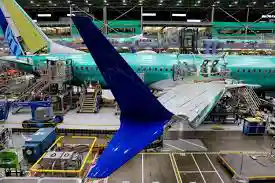
Criminal Investigation and Justice Department Involvement
The Alaska Airlines mid-air emergency in January 2024 prompted escalation beyond civil regulatory action. The U.S. Justice Department under then-President Joe Biden initiated a criminal investigation into Boeing’s manufacturing and safety practices.
This criminal investigation represents an exceptional regulatory response, indicating government concern that Boeing’s actions may have constituted criminal negligence or violations of federal safety statutes.
Stock Market Response and Investor Sentiment
Market reaction to the FAA production approval was modestly positive. Boeing shares rose 1.2% in after-hours trading following the announcement, suggesting cautious investor optimism about the company’s recovery trajectory.
However, this relatively muted positive response reflects continued investor concerns about:
- Substantial debt obligations remaining
- Continued operating losses through 2025
- Ongoing litigation and regulatory investigations
- Supply chain risks and production uncertainties
- Long-term competitive implications of production disruptions
Historical Production Context: 50+ Aircraft Monthly Previously
The 42-aircraft monthly production authorization should be contextualized against Boeing’s historical production volumes. In 2018, the company was producing over 50 737 aircraft monthly before the MAX was grounded following fatal accidents.
However, aerospace analysts emphasize that contemporary supply chain constraints make achieving previous production rates substantially more challenging than in 2018, despite greater inventory accumulation and production facility upgrades.
Industry Impact: Airline Delivery Improvements and Order Fulfillment
The production increase benefits multiple stakeholder groups throughout the aerospace industry ecosystem:
Airlines Receiving Deliveries:
- Faster acquisition of ordered aircraft
- Improved route network expansion capabilities
- Earlier revenue generation from new aircraft deployment
- Reduced waiting times for 737 MAX aircraft
Aircraft Suppliers:
- Increased component orders supporting supply chain employment
- Higher production volumes improving operational efficiency
- Strengthened financial viability from sustained order flow
Boeing Workforce:
- Potential employment expansion opportunities
- Increased production hours and compensation
- Job security improvements from financial stability
Path Forward: Gradual Regulatory Trust Restoration
The FAA approval represents incremental progress in Boeing’s long-term recovery journey. Rather than a dramatic restoration of full regulatory authority, the agency is implementing a phased approach that gradually increases production authorization while maintaining enhanced oversight and inspection protocols.
This cautious trajectory reflects lessons learned from previous regulatory failures that permitted systemic Boeing quality problems to persist undetected until catastrophic consequences resulted.
Key Takeaways
Boeing’s FAA approval to increase 737 MAX production to 42 aircraft monthly represents a critical milestone in the aerospace manufacturer’s financial and operational recovery. This authorization follows 14 months of restricted production imposed following a mid-air emergency exposing widespread manufacturing failures.
The modest production increase—from 38 to 42 aircraft monthly—holds profound significance for Boeing’s cash generation, debt management, and pathway to profitability. However, substantial challenges remain, including $53 billion in debt obligations, continued operating losses, and complex supply chain constraints that may limit actual production achievement.
The FAA’s phased approach to regulatory authority restoration, combined with ongoing criminal investigations and substantial quality violations, indicates that Boeing’s recovery will be gradual, carefully monitored, and subject to continued regulatory scrutiny. For the aerospace industry and the traveling public, Boeing’s successful recovery remains essential—but verification of sustained quality improvements and safety excellence must precede further major regulatory approvals.



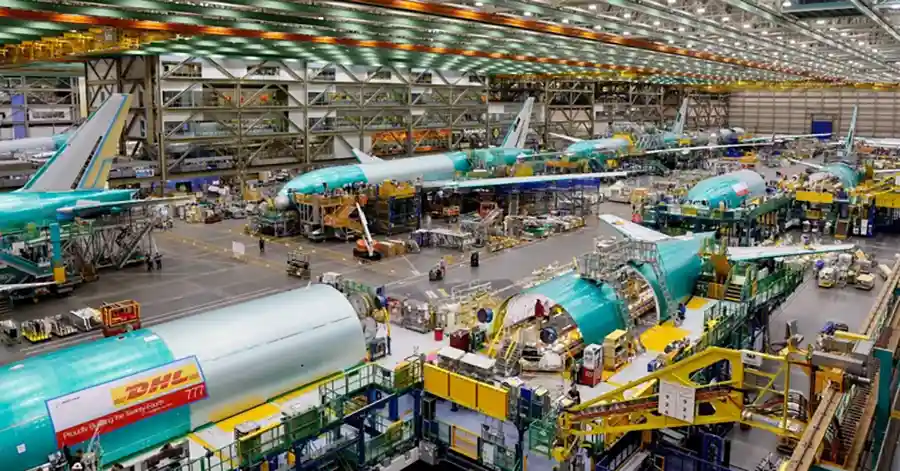





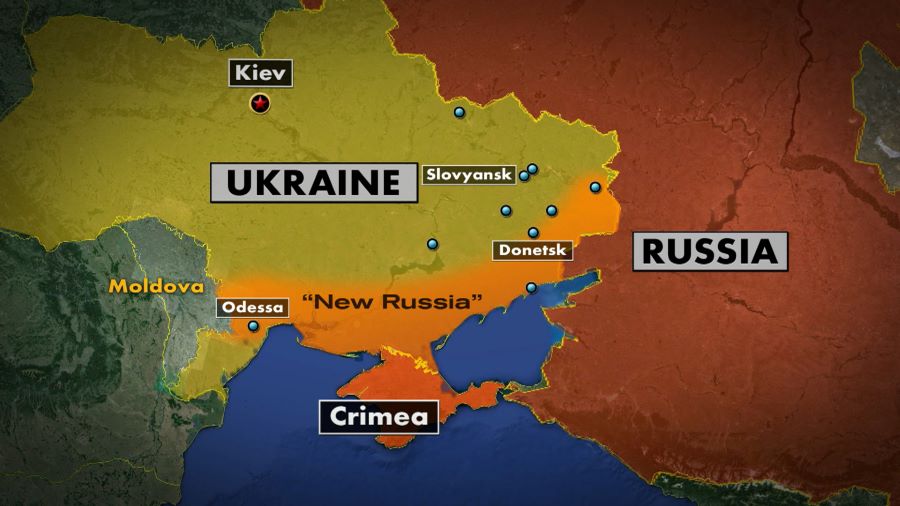




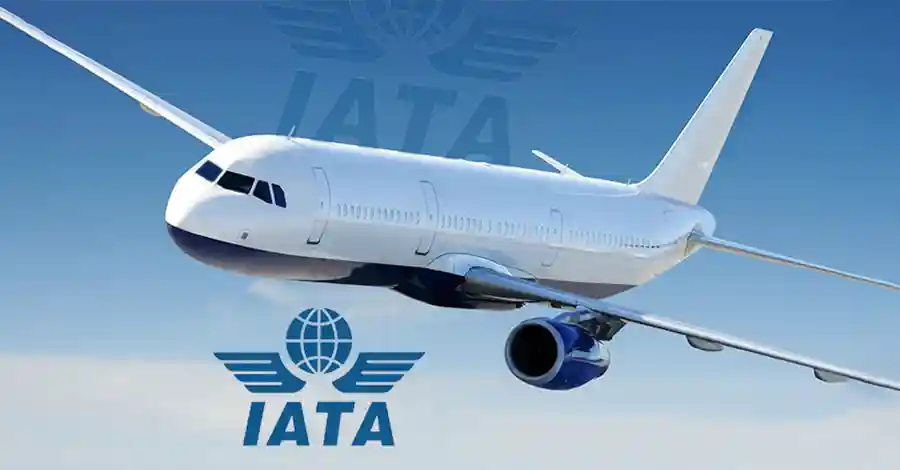





Comments